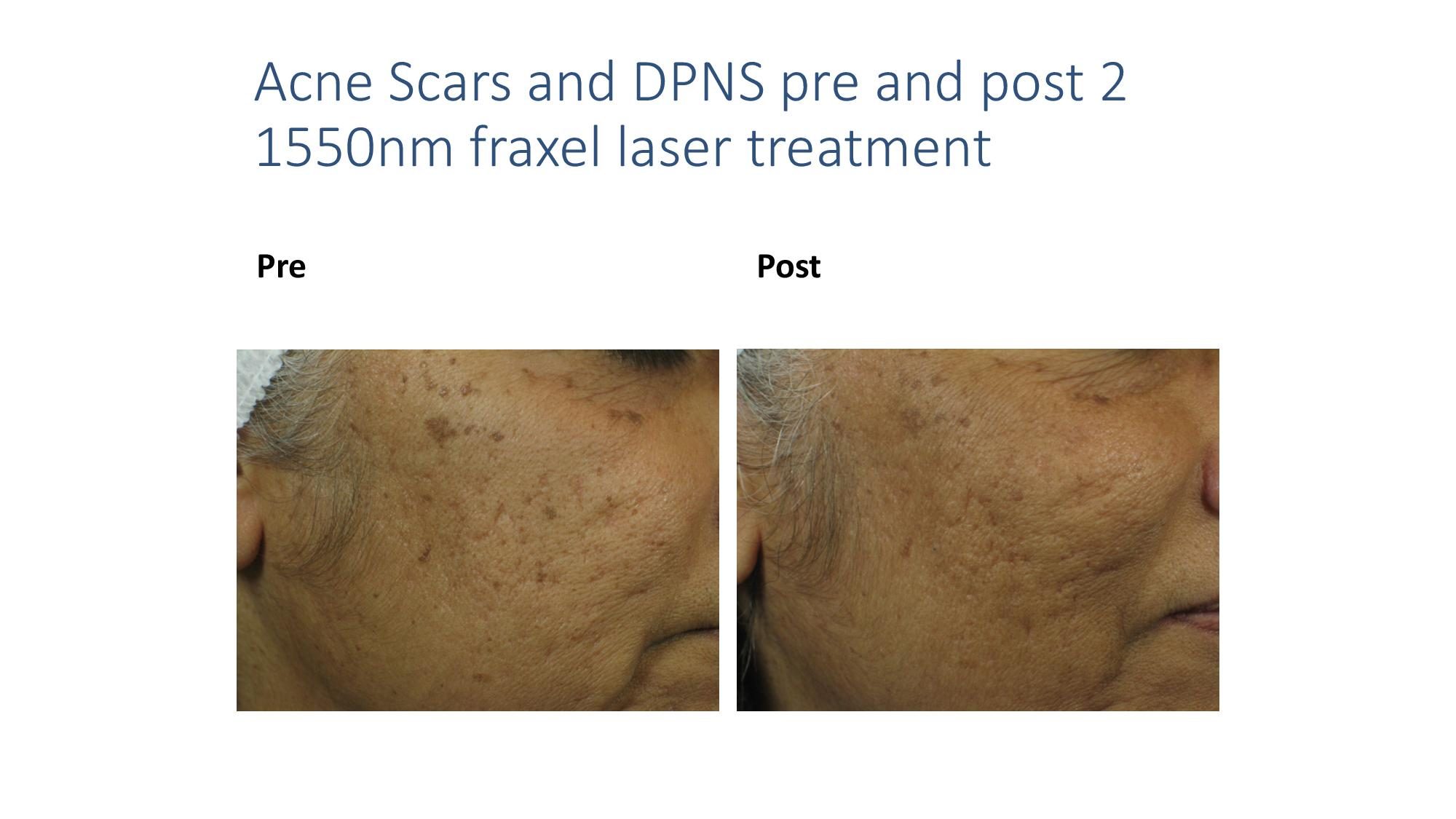Board-certified dermatologist, Dr. Vic Nararkur, along with an extraordinary faculty of key opinion leaders, will be lecturing, among other topics, on age appropriate lasers and devices, optimizing injectables with combination therapies, neck and chest nonsurgical rejuvenation, and performing live patient injectable demonstrations at the upcoming Generational Dermatology™ Palm Springs Symposium (March 22-25) hosted by Dr. Wendy Roberts. Today, he shares pearls and expert opinion on fractional laser resurfacing and how to customize and combine treatment for optimal results.
———————————————————————————————–
Fractional laser resurfacing is now considered the gold standard for laser resurfacing. It has evolved with a variety of lasers that can be customized to the patients age, degree of damage, underlying conditions and desired downtime and budget. Three levels of fractional laser resurfacing exist:
- low wattage non-ablative fractional laser resurfacing
- high wattage non-ablative fractional laser resurfacing, and
- micro and macro ablative fractional laser resurfacing.
Moreover, these devices can be used in combination on the same patient as some areas may require more aggressive treatments such as deep perioral rhytids and others a gentler approach such as the neck, decolette. Off facial laser resurfacing is also gaining momentum as these fractional devices can be used with both safety and efficacy on the neck, chest, arms, and body.
Low wattage non-ablative fractional laser resurfacing is the treatment of choice for millennials and patients who want minimal or no down time. The 1927nm wavelength can be used safely on all skin types, especially for melasma and is most effective in combination with topical delivery of cosmeceuticals such as vitamin C. For acne scarring and moderate photoaging, high wattage 1550nm laser and combined 1550nm and 1927 nm respectively, are the lasers of choice. For more severe photodamage microablative and macroablative fractional 10,600nm and 2940nm lasers can be used, with the former for more superficial rhytids and the latter for deeper rhytids.
Finally, combination treatments achieve the best results. After fractional laser resurfacing, panfacial injectables with neuromodulators and fillers can be utilized for dynamic rhytids and volume loss respectively, followed by skin tightening devices such as radiofrequency and microfocused ultrasound.
To learn more about the upcoming Generational Dermatology™ Palm Springs Symposium (March 22-25), click here.

